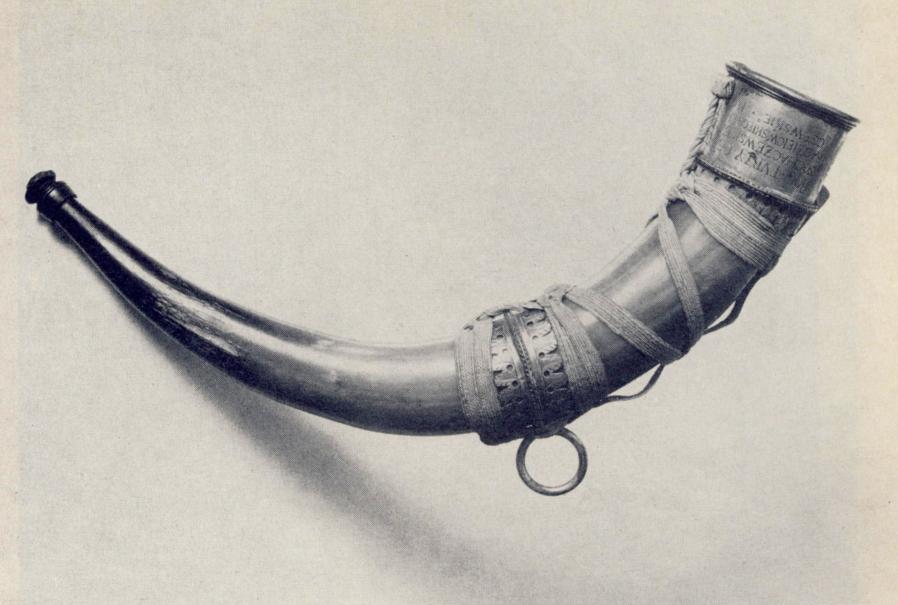1 Enoch 90.37-39: 37 And I saw that a white bull was born, with large horns and all the beasts of the field and all the birds of the air feared him and made petition to him all the time. 38 And I saw till all their generations were transformed, and they all were/became white bulls; and the first among them was/became a word [Ethiopic nagar], a great animal with great black horns on its head; and the Lord of the sheep rejoiced over it and over all the oxen. 39 And I slept in their midst; and I awoke and saw everything.
It has been suggested that the first of the white bulls becoming a "word" (nagar) might be a Christian interpolation based on λόγος theology, but on page 259 of his 1893 translation of this text R. H. Charles points out that this is not the Ethiopic term typically used to translate λόγος. Charles himself adopts a solution from Dalman in this translation which he later rejects in his 1912 translation in favor of a solution from Goldschmidt.
Goldschmidt, on the one hand, had argued that nagar went back ultimately to the Hebrew מִלָּה ("word," "utterance," "speech"), itself a corruption of טָלֶה ("lamb") based on the similarity of the initial consonants (tet and mem). Charles finds support for the idea of a lamb turning into a great beast with black horns in Testament of Joseph 19.3-9 (the Testaments of the Twelve Patriarchs flowing, naturally, down an Enochic literary stream); however, in that text he has to remove the "virgin" of verse 9 as a Christian corruption (likely enough) of the bull calf from verse 7, thus reading the passage as a bull calf transforming into a lamb, precisely the opposite of a lamb transforming into a great horned beast, but a transformation nonetheless.
Dalman, on the other hand, had argued that nagar went back proximately to the Greek ῥημ(α)/ῥῆμα ("word"), which had originally served as a transliteration for the Hebrew רְאֵם ("aurochs"). David C. Mitchell (in "Firstborn Shor and Rem: A Sacrificial Josephite Messiah in 1 Enoch 90.37-38 & Deuteronomy 33.17," in the Journal for the Study of the Pseudepigrapha, volume 15, number 3 [2006], page 218) finds support for the idea of a bull (Bos taurus) transforming into an aurochs (Bos primogenius) in the Mosaic tribal blessing on Joseph in Deuteronomy 33.13-17, in which Joseph is described first as a bullock (שׁוֹר) and then as an aurochs (רְאֵם). The LXX (in)famously translates רְאֵם here as μονόκερως, a unicorn, the range of the aurochs itself having already retreated from the Middle East by this time into the Balkans and northward, leaving legends and confusion in its wake.
Matthew Black, on page 280 of his 1985 translation of 1 Enoch, accepts Dalman's derivation, but then he suggests that the blackness of the horns may be due to a corruption from μεγάλοις ("great," "large") to μέλανοις ("black," "inky"). If our horned beast is the aurochs, this conjecture seems unnecessary to me; pure black horns are rare in cattle, but the horns of the aurochs, notably, were tipped black:




A striking beast, to say the least. Mitchell calls attention to the wildness of the aurochs in contrast to the sacrificial domesticity of the bullock.
At any rate, nagar deriving from רְאֵם via ῥημ(α)/ῥῆμα seems to me to be a likely backstory: one which must necessarily remain unproven, but which would make sense of the text as a decent conjecture. The lamb version seems quite possible, too. Are there other solutions to the problem at hand?
Ben.